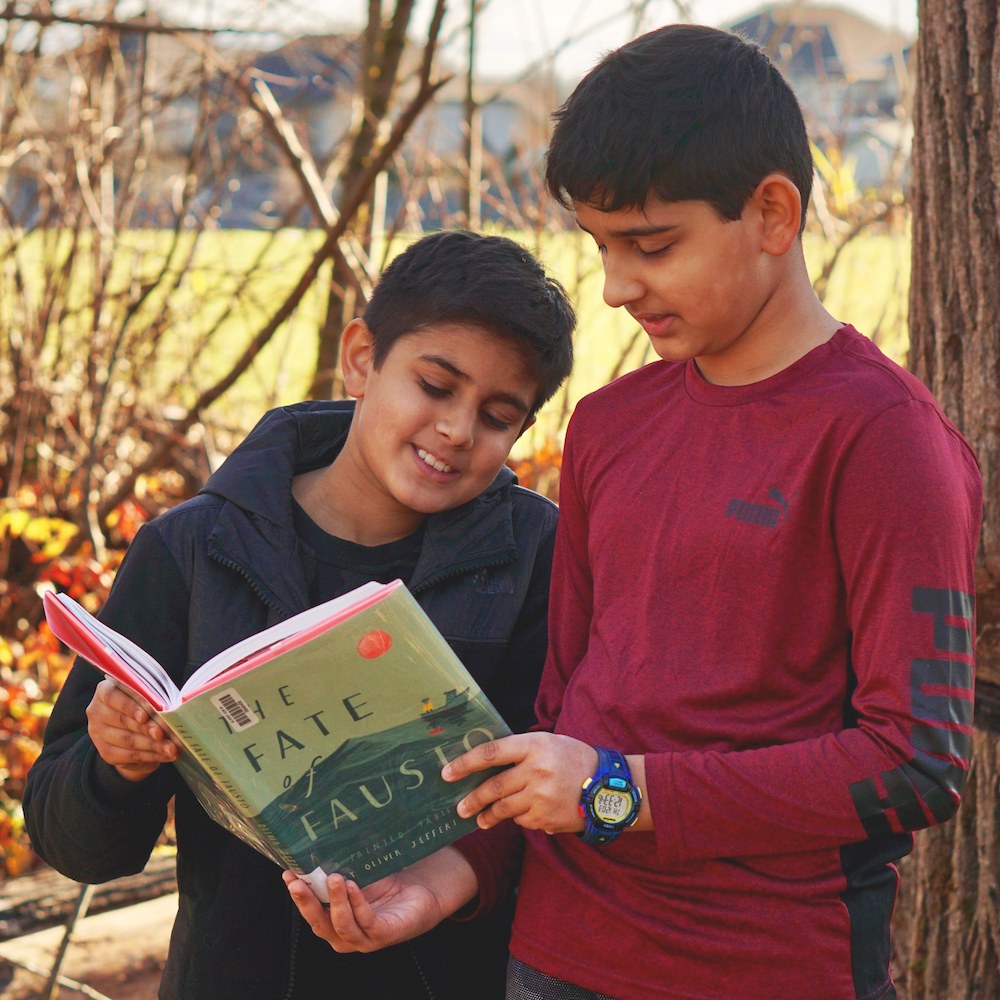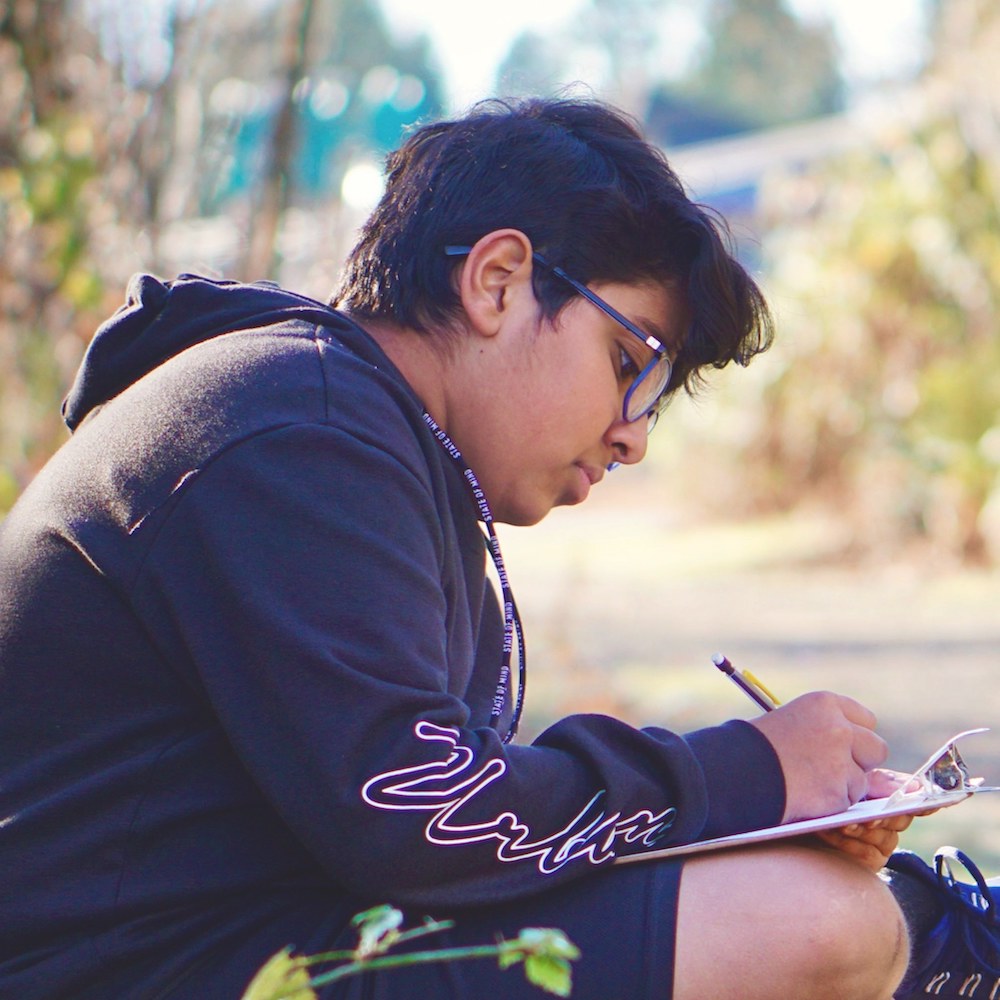Literacy Knowledge involves understanding how printed language conveys meaning. This includes concepts of print as well as structures and elements in different genres of texts for different purposes.
Print concepts is an awareness of the the literary process. This involves distinguishing between letters, words, sentences, paragraphs and pages, and knowing how printed language in English moves from right to left, and from top to bottom. Additional conventions of print such as punctuation, word spacing, and capitalization, also assist in conveying meaning clearly in text. As young children gain experience with printed text, their ability to navigate the way print works will allow them to make sense of print.
Teachers can make these understandings accessible to children during classroom literacy routines, such as:
- modeling voice-to-print matching during shared reading
- explicitly demonstrating left-to-right directionality of print during modeled or shared writing
- pointing out the text on the page during a read-aloud
- providing feedback while conferring with individual writers
Genres and Varieties of Text
Students are continually gaining experience with accessing meaning from a variety of sources. Familiarity with a variety of genres of texts, whether oral, visual, printed or digital, supports the creation of a border understanding of how to access and communicate information for a variety of purposes. Furthermore, a breadth of themes, ideas, stories and cultural representation allows those accessing texts to gain a deeper understanding of their world.
Oral Texts: oral stories, role play, speeches, podcasts, poems
Visual Texts: illustration, loose parts, photos
Written Texts: novels, short stories, articles
Digital Texts: electronic forms of all the above


